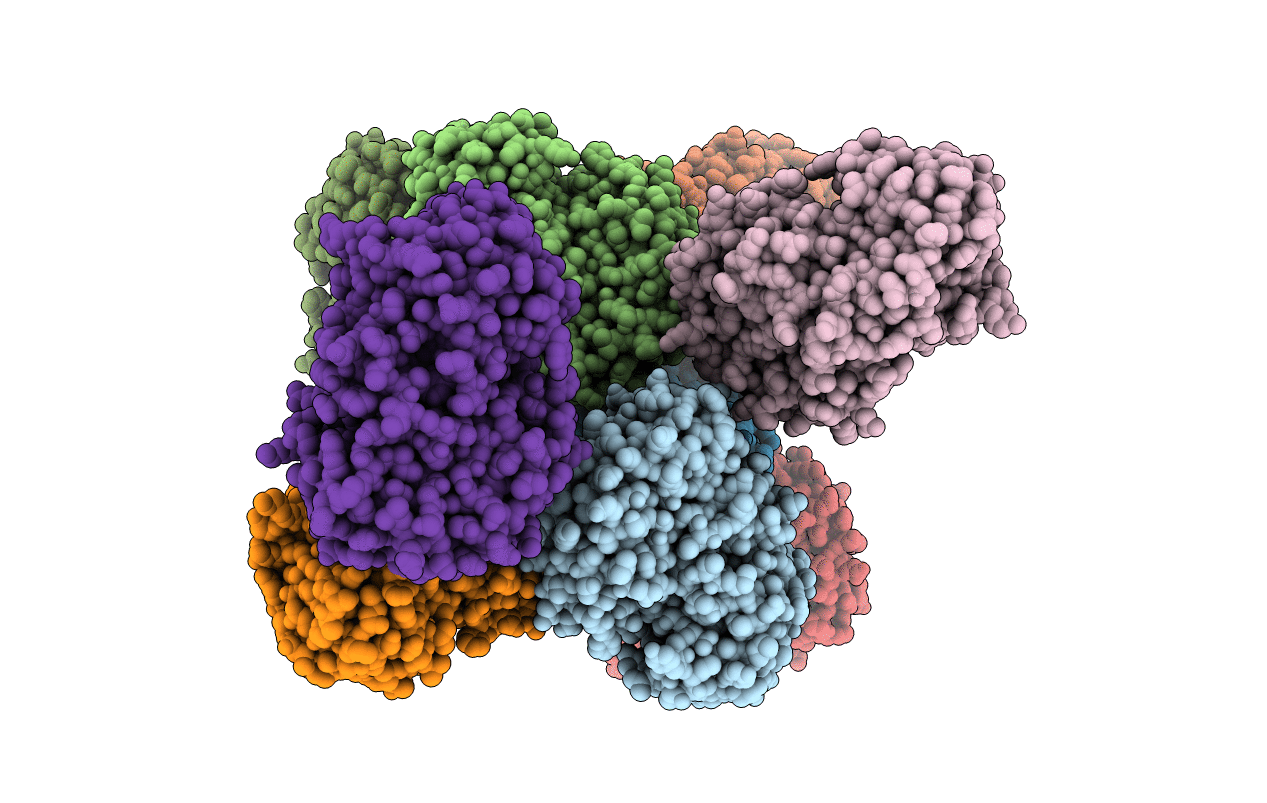
Deposition Date
2010-12-23
Release Date
2011-02-16
Last Version Date
2024-11-27
Entry Detail
PDB ID:
3Q4D
Keywords:
Title:
Crystal structure of dipeptide epimerase from Cytophaga hutchinsonii complexed with Mg and dipeptide D-Ala-L-Ala
Biological Source:
Source Organism:
Cytophaga hutchinsonii (Taxon ID: 269798)
Host Organism:
Method Details:
Experimental Method:
Resolution:
3.00 Å
R-Value Free:
0.25
R-Value Work:
0.22
R-Value Observed:
0.23
Space Group:
P 1 21 1


